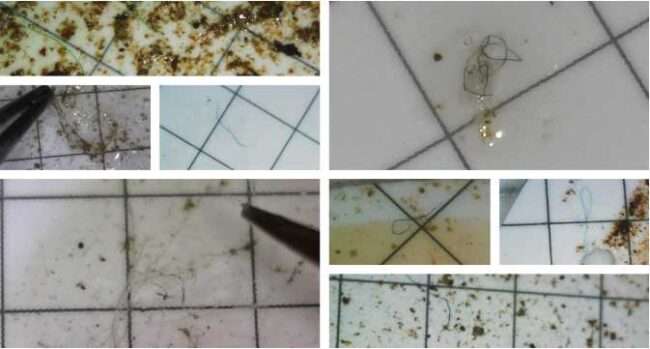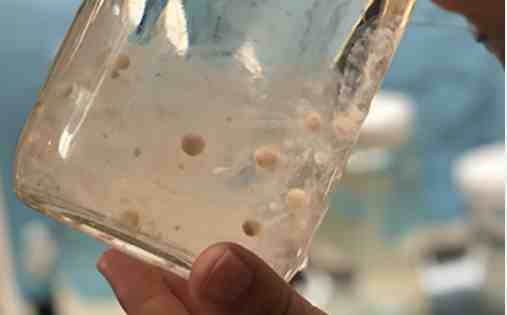
Photo by Dyani Chapman | TPIN
ANCHORAGE, Alaska – 100% of tested water bodies in Southcentral Alaska contained tiny pieces of plastic, according to a new report by Alaska Environment Research and Policy Center. Thirty-nine water locations including rivers, lakes, beaches and kitchen taps from the lower Kenai Peninsula up through Anchorage and the Mat-Su were sampled between June and September of 2023.
“Alaska has international renown for its pristine environment and is relatively geographically isolated from other watersheds, so it’s especially disappointing to find microplastics in every sample we took, “said Joi Gross, Seagrant Fellow, an undergraduate student at University of Alaska Southeast and co-author of the new report. “Small pieces of plastic can be mistaken for food by salmon and other wildlife–causing injury or even death. Microplastics can also attract and accumulate pollutants like DDT, PCBs, and heavy metals. They’re small enough to get into our bodies via food, water or even air, and have been found in human blood, lungs, and other organs. For the sake of our drinking water, fisheries and wildlife, we need to reduce plastic pollution both here in Alaska and globally.”
According to the report, microplastics come from a variety of sources including plastic bags, containers, clothing, and packaging. Plastics do not decompose like an apple core or pizza box. Instead, they break into smaller and smaller pieces until they are tiny (<5mm) microplastic. Microplastic can be easily mistaken as food by wildlife, leading to internal lacerations and digestive problems including starvation. Plastic and the chemicals it contains or attracts in the environment, when ingested by humans, can cause cancer, endocrine disruption, and reproductive disorders.
“This report underscores that our relative isolation has not protected Alaska from microplastic pollution. We collected just three liters of water from the sources we tested, and we found microplastics in every single sample- when you multiply it out, we’ve got a real problem. And the plastic tap is still on, pouring more in everyday, said Dyani Chapman, the state director of Alaska Environment Research & Policy Center, and coauthor of the report. “There are a lot of steps we need to take to protect our wildlife and health from plastic pollution, but to start, we need to move away from single use plastics. Nothing we use for a few minutes should be able to pollute our environment for hundreds of years.”
Humans produce so much plastic that it’s estimated there will be more pieces of plastics than fish in the sea (by weight) at current rates. The report indicates that there are likely both local and global sources for the microplastic pollution, and recommends Alaska tackle reducing single use plastic pollution, plastic in clothing and more. The full report can be found here.
###[content id=”79272″]








